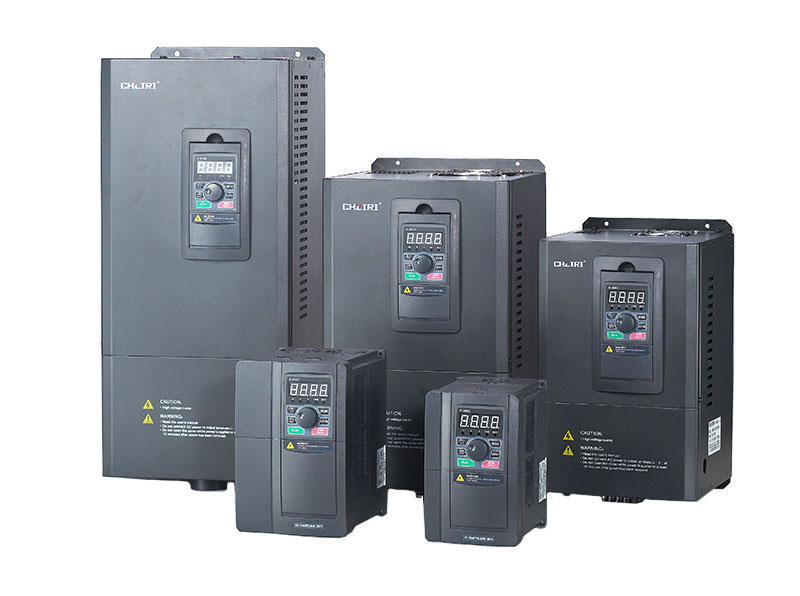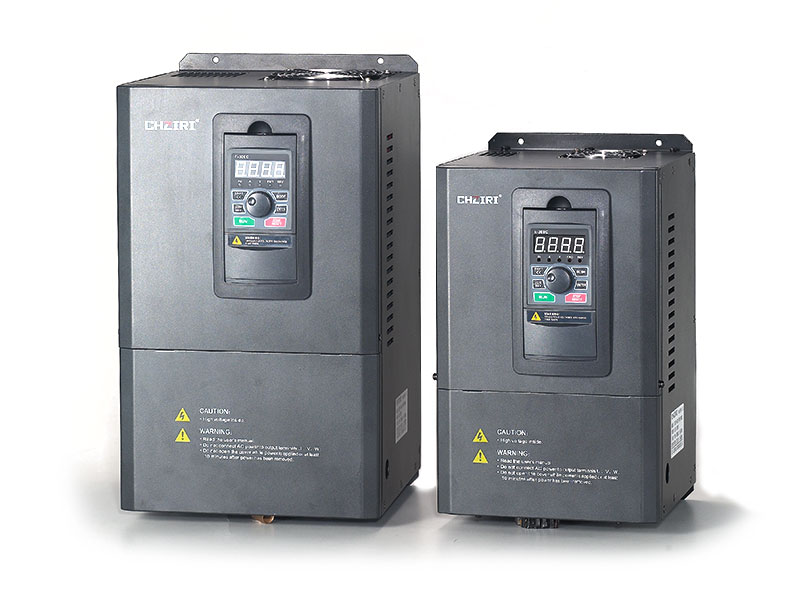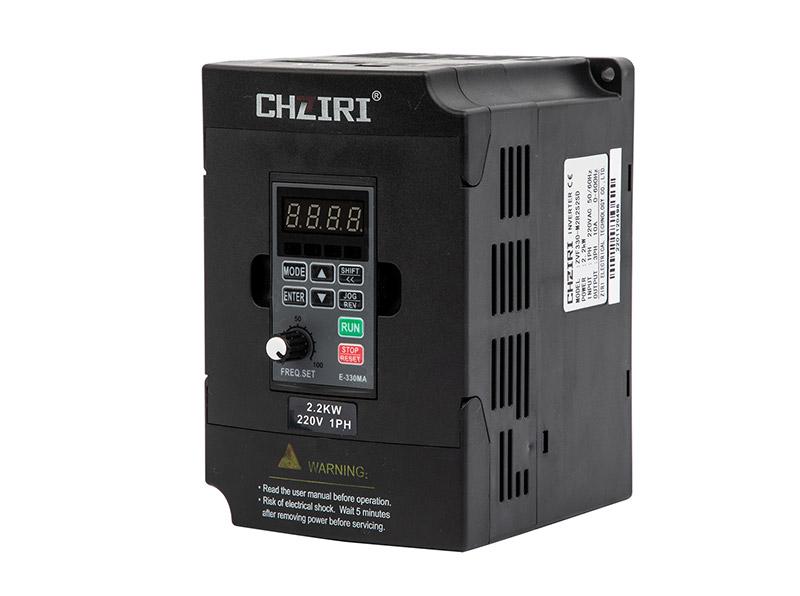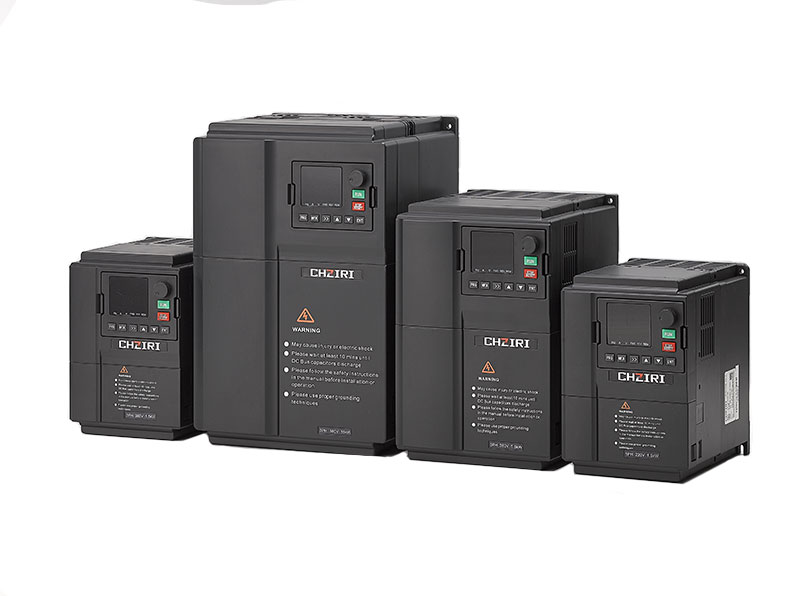Regular Maintenance Tips for Motor Control Panels
Ensuring the smooth operation of motor control panels is crucial for productivity, safety, and the longevity of your equipment. Regular maintenance not only prevents costly breakdowns but also optimizes performance. Below is a straightforward guide to keep your motor control panels in top condition.
1. Keep It Clean: Dust and Debris Are Enemies
Dust, dirt, and debris can accumulate inside panels, leading to insulation issues, overheating, and even short circuits.
Cleaning Methods:
• Use a dry, lint-free cloth or a soft brush to remove loose particles.
• For hard-to-reach areas, apply low-pressure compressed air (less than 30 PSI) to blow away debris.
• Avoid using liquid cleaners unless necessary. If needed, choose a mild, non-conductive solvent and ensure the panel is fully powered off before application.
Frequency:
• In dusty environments, clean monthly. In cleaner settings, a quarterly cleaning schedule is sufficient.
2. Inspect Connections: Loose Wires Pose Risks
Loose terminals or corroded connections are common causes of motor malfunctions.
What to Check:
• Loose Wires: Use a torque screwdriver (following the manufacturer's specifications) to tighten all terminal connections. Loose wires can cause arcing and overheating.
• Corrosion: Look for green or blue deposits on terminals. Remove rust with a wire brush or contact cleaner, then re-tighten the connections.
• Burn Marks: Discolored terminals may indicate past arcing. Replace any damaged components immediately.
Pro Tip:
Focus on high-current components such as contactors, circuit breakers, and overload relays, as these are most prone to connection issues.
3. Test Protection Devices: Safety First
Motor control panels rely on protection devices to safeguard motors from damage. Regular testing is essential:
Overload Relays:
Simulate an overload by temporarily increasing the motor current using a test meter. The relay should trip within the specified time. After testing, reset the relay and verify its functionality.
Circuit Breakers:
Manually trip the circuit breaker to ensure it cuts off power quickly. Investigate any "free tripping" (unexplained breaker trips) to identify underlying issues like short circuits.
Grounding:
Use a multimeter to test the continuity of the ground connection. Poor grounding can cause erratic operation and safety hazards.
4. Lubricate Moving Parts
Moving parts like contactor armatures or switch mechanisms may wear out without proper lubrication.
What to Use:
Apply a lightweight, non-conductive grease (such as silicone-based grease) to mechanical components.
Where to Lubricate:
• Hinges of panel doors to ensure smooth opening and closing.
• Moving arms of contactors (avoid contact surfaces, as lubrication here may reduce conductivity).
Caution:
Do not over-lubricate, as excess grease can attract dust and debris.
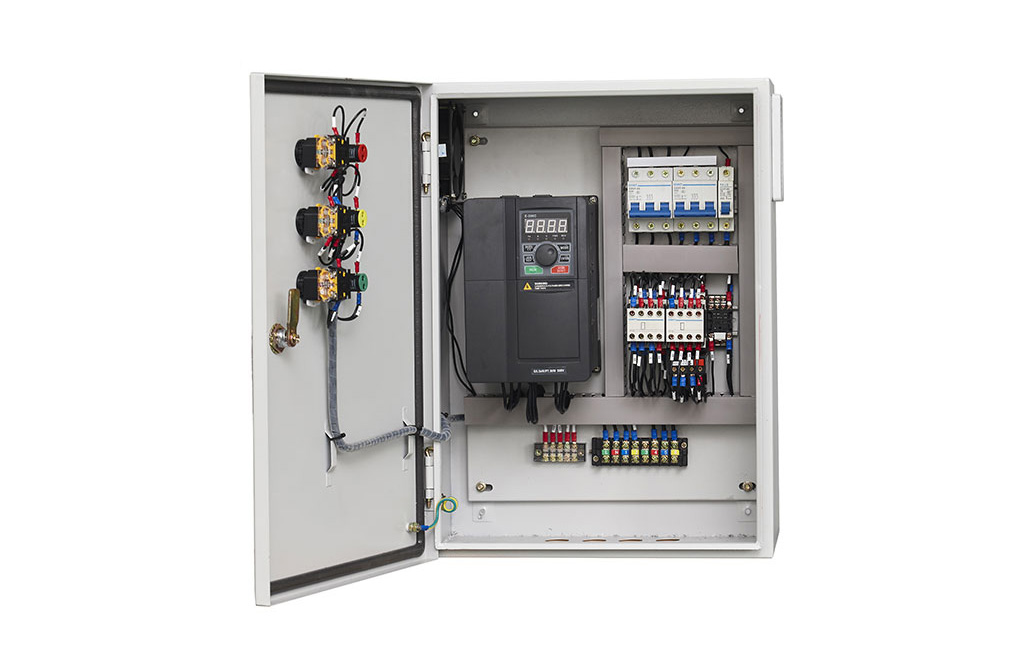
5. Monitor Heat and Noise
Unusual heat or sounds often signal problems:
• Heat: Use an infrared thermometer to check component temperatures. Hot spots (15°C or more above ambient temperature) may indicate loose connections or failing parts.
• Noise: Rattling, buzzing, or humming sounds could mean loose components, worn bearings, or contactor issues. Power off the panel immediately and investigate the source.
6. Proactively Replace Worn Components
Even well-maintained parts have a lifespan. Regular replacement prevents sudden failures:
• Contactors: Inspect contacts for pitting or burning. Replace every 3–5 years (more frequently in high-cycle applications).
• Relays: Test for delayed response or inconsistent operation. Replace at the first sign of trouble.
• Capacitors: Swollen or leaking capacitors are clear signs of failure. Replace them promptly.
• Cables: Check for frayed insulation or brittle sheaths. Damaged wires increase the risk of short circuits and should be replaced immediately.
7. Review and Update Settings
Motor requirements may change over time (e.g., load adjustments, speed changes):
• Parameter Checks: Verify that overload trip currents, timer settings, and speed controls match current operational needs.
• Software Updates: If the panel uses programmable logic controllers or variable frequency drives, install manufacturer-recommended firmware updates to patch vulnerabilities and improve efficiency.
8. Maintain a Maintenance Log
Keep a detailed record of all inspections, repairs, and replacements, including:
• Dates of maintenance.
• Replaced parts (model numbers, serial numbers).
• Test results (e.g., voltage readings, trip times).
• Identified issues and solutions.A log helps spot recurring problems and plan future maintenance effectively.
9. Train Your Team
Ensure operators understand basic maintenance practices:
• Never open the panel while it is powered (lockout/tagout procedures are critical).
• Report unusual smells, sounds, or performance changes immediately.
• Provide a quick-reference checklist for daily visual inspections.
10. Schedule Annual Professional Inspections
While daily and monthly tasks are essential, an annual professional audit can uncover hidden issues:
• Certified technicians can perform advanced tests (e.g., insulation resistance, power factor analysis).
• They will also check compliance with safety standards and recommend upgrades for aging systems.
Conclusion: Small Efforts, Big Rewards
Regular maintenance of motor control panels is a simple way to avoid downtime, extend equipment life, and save on repair costs. By following these tips—cleaning, inspecting, testing, and proactively replacing parts—you can ensure your motors operate smoothly and efficiently.
Do not wait for a breakdown to act. Create a maintenance plan today and enjoy the peace of mind that comes with a reliable system.

